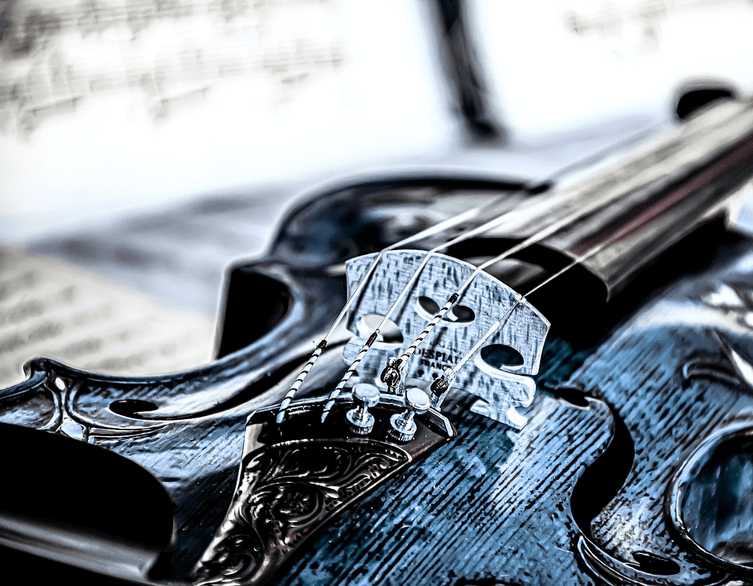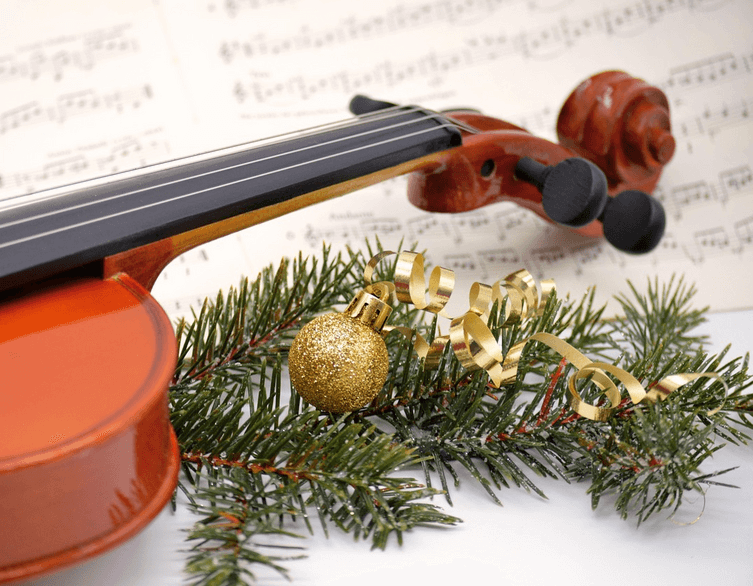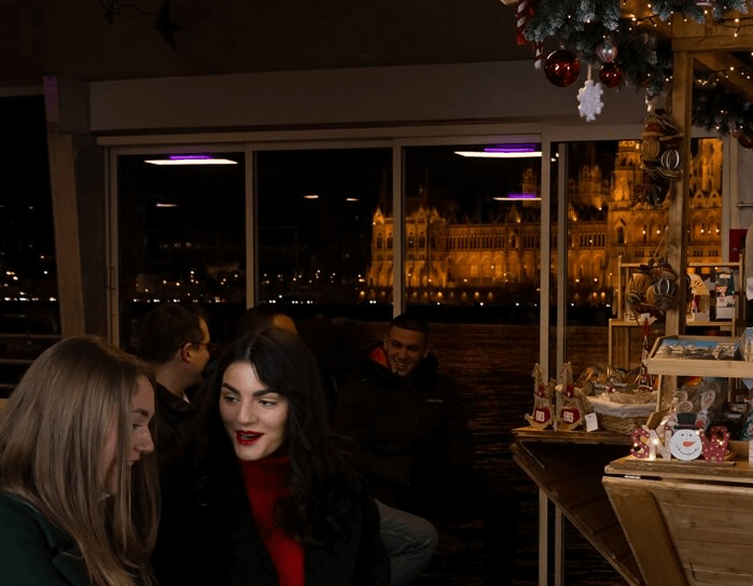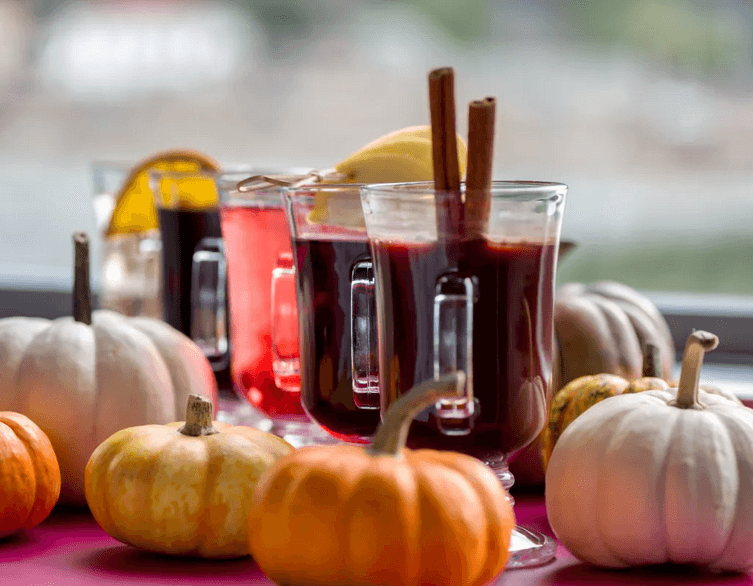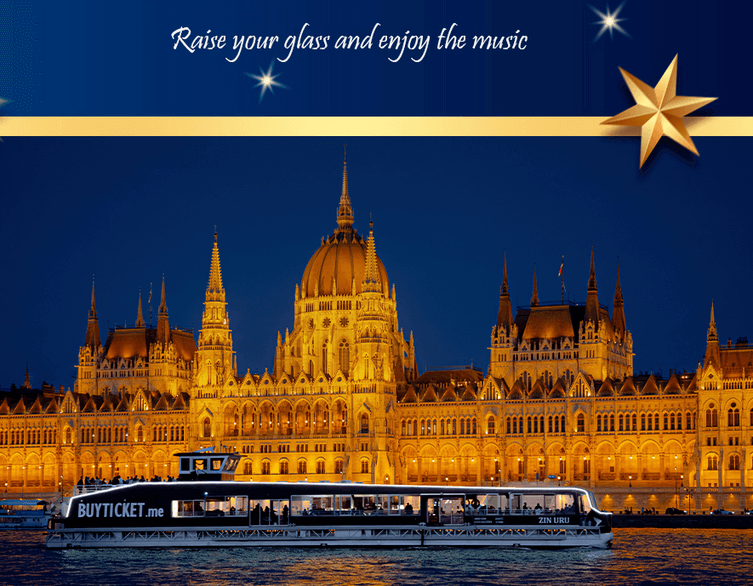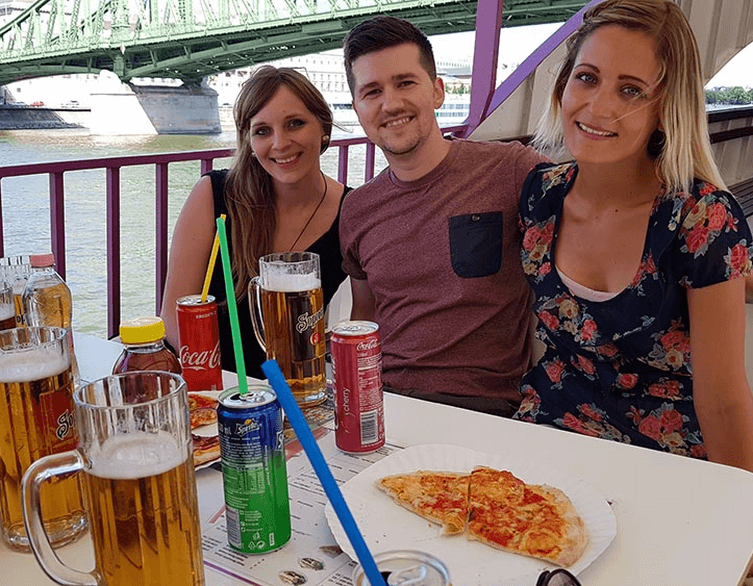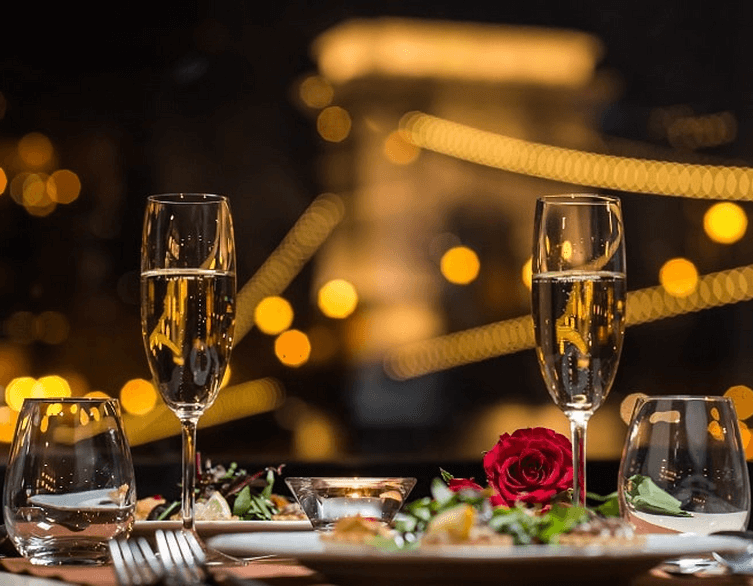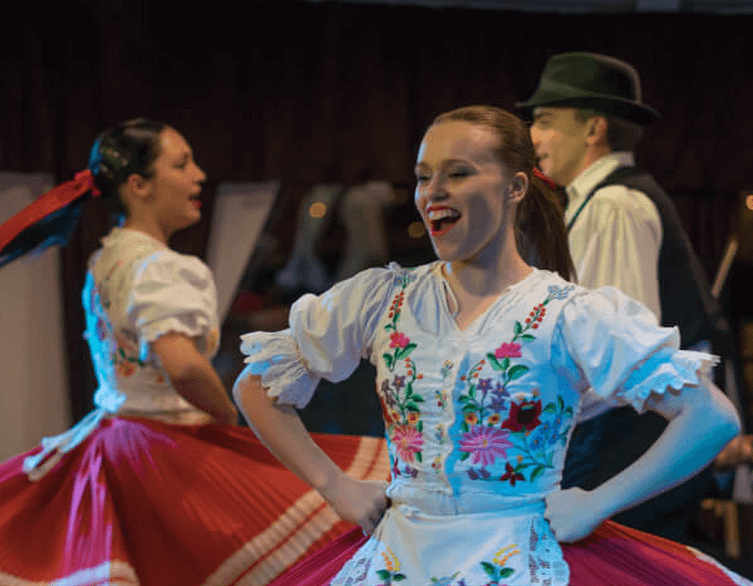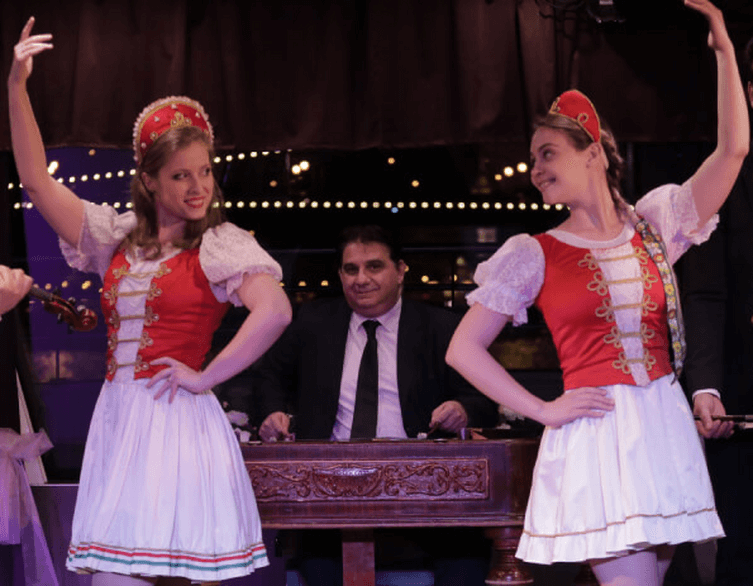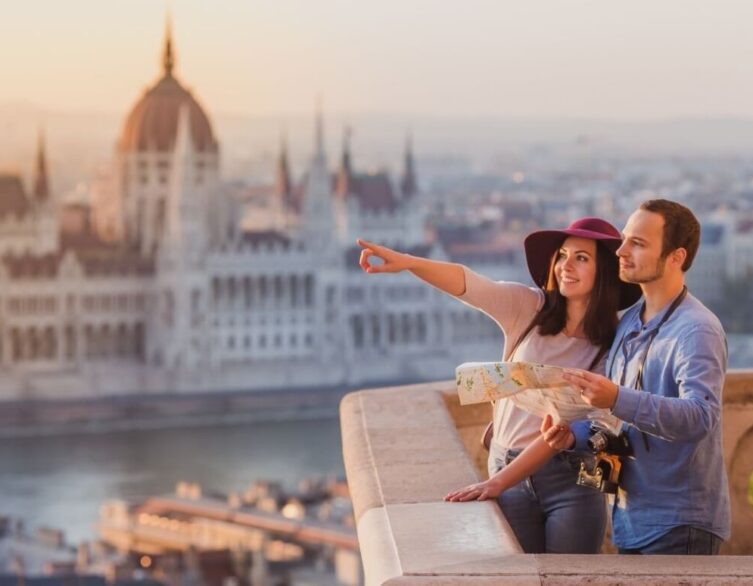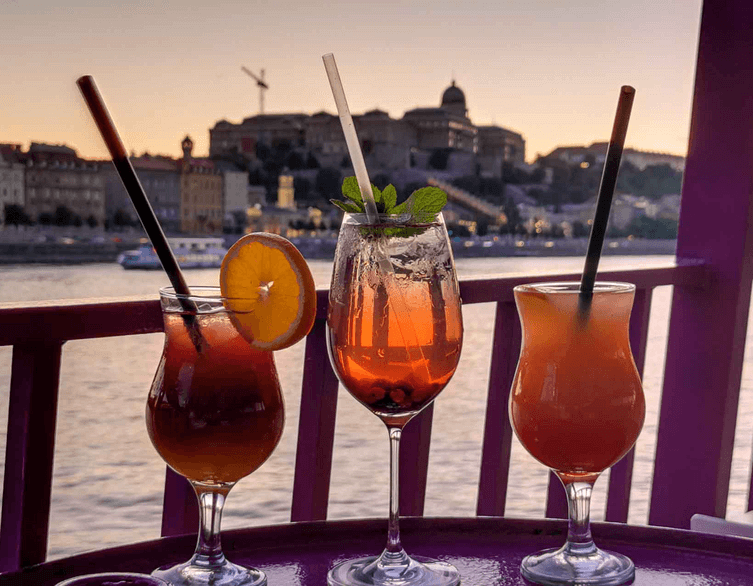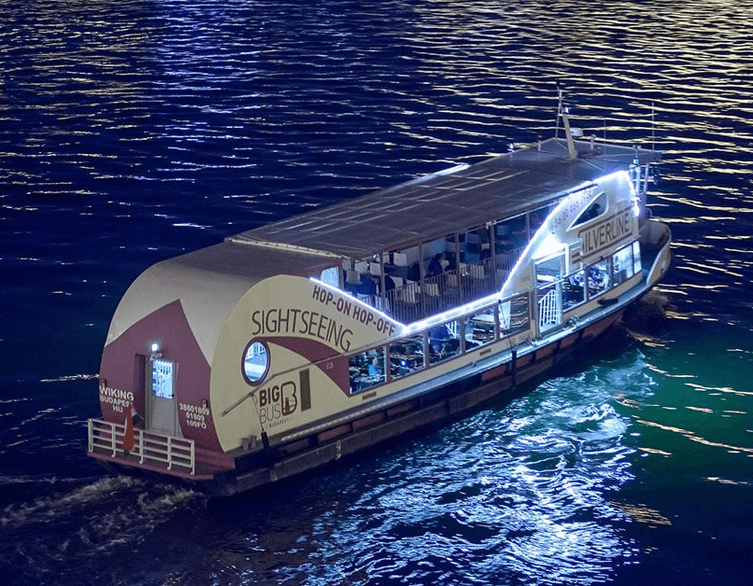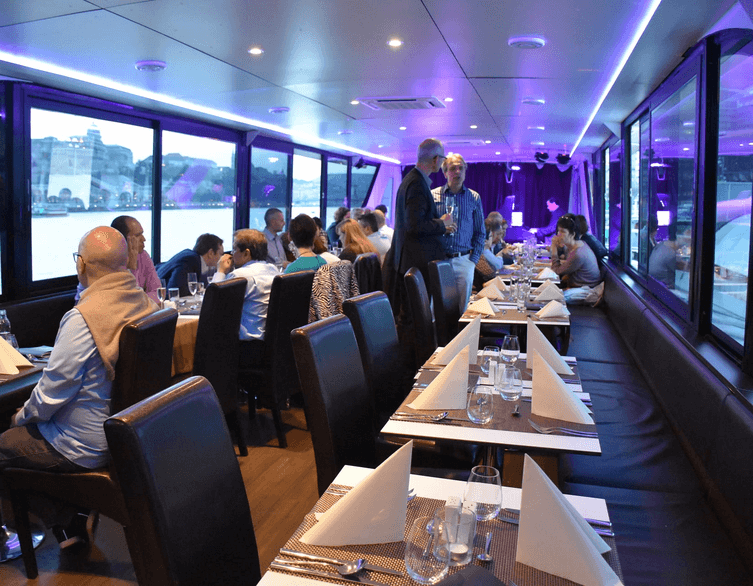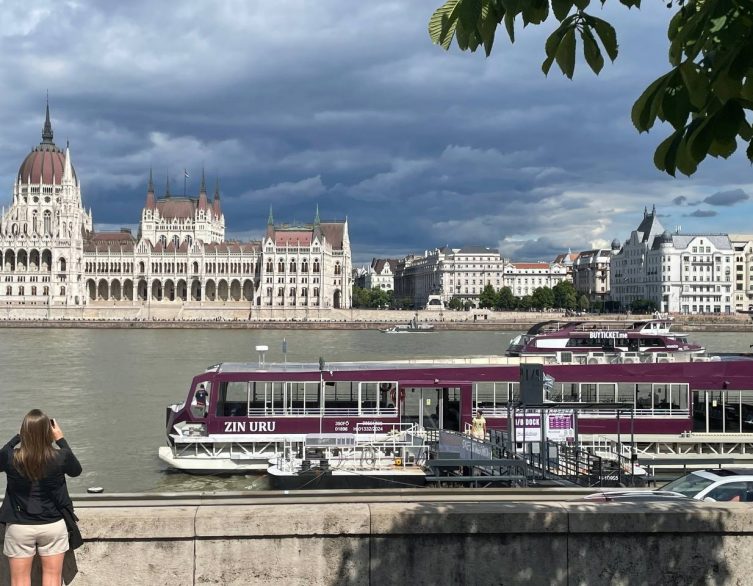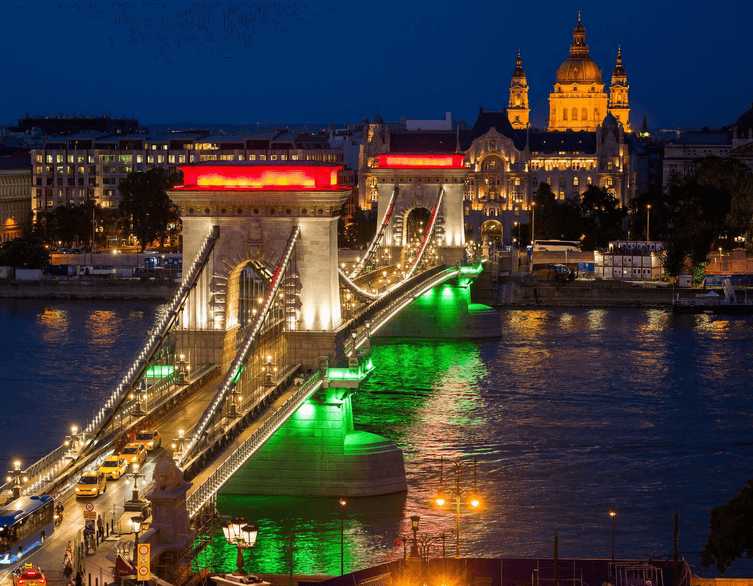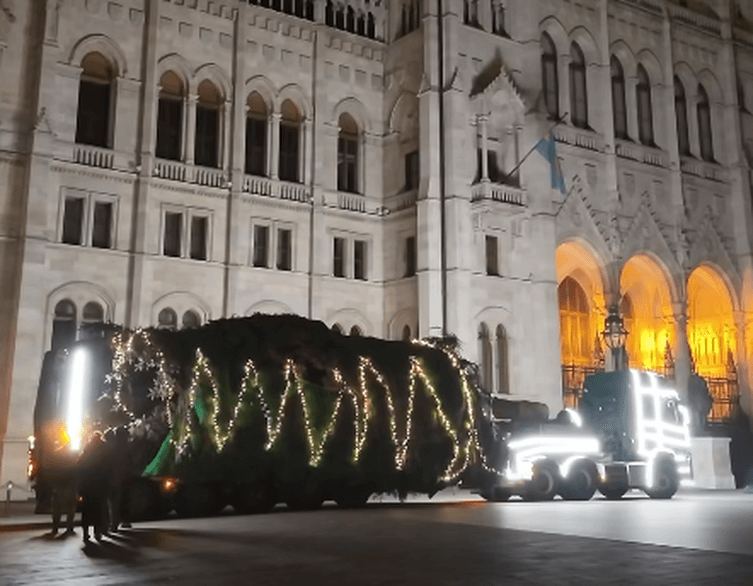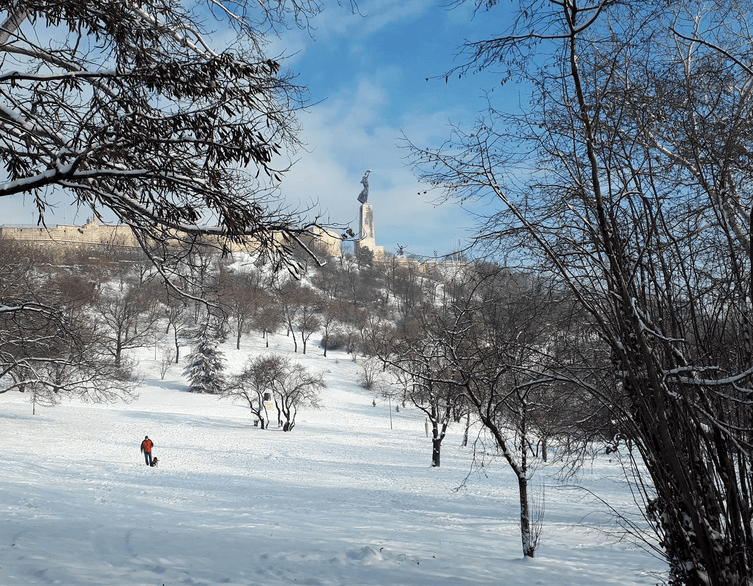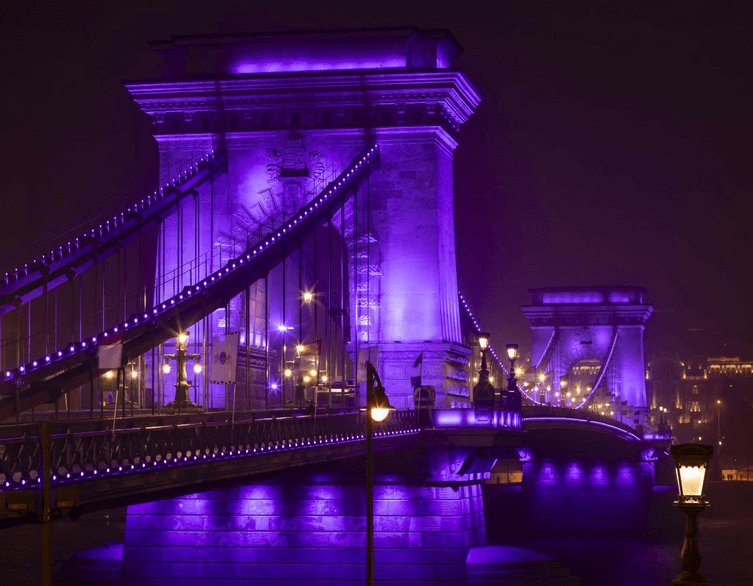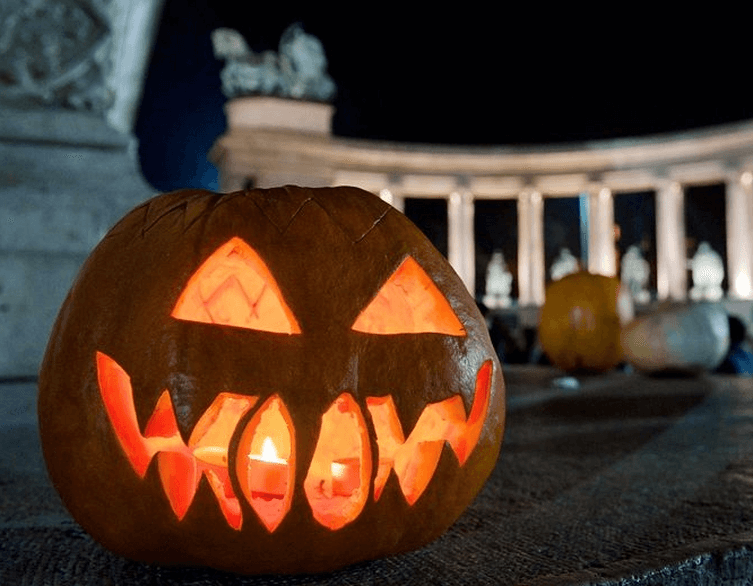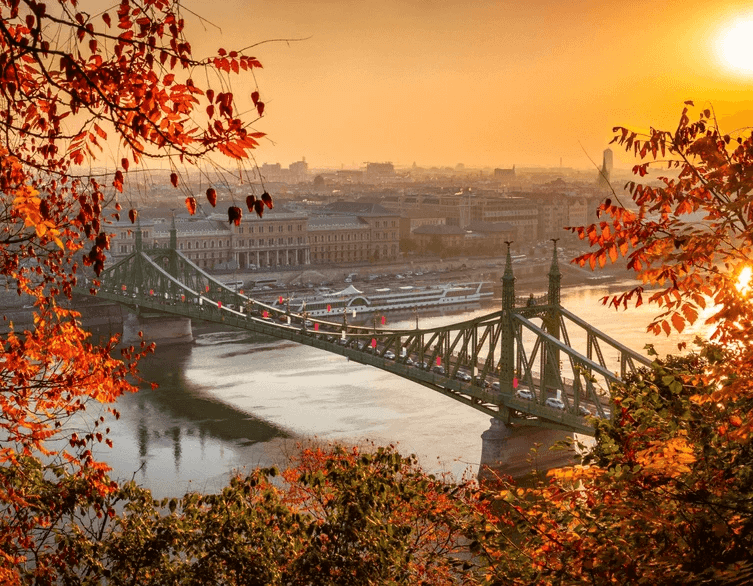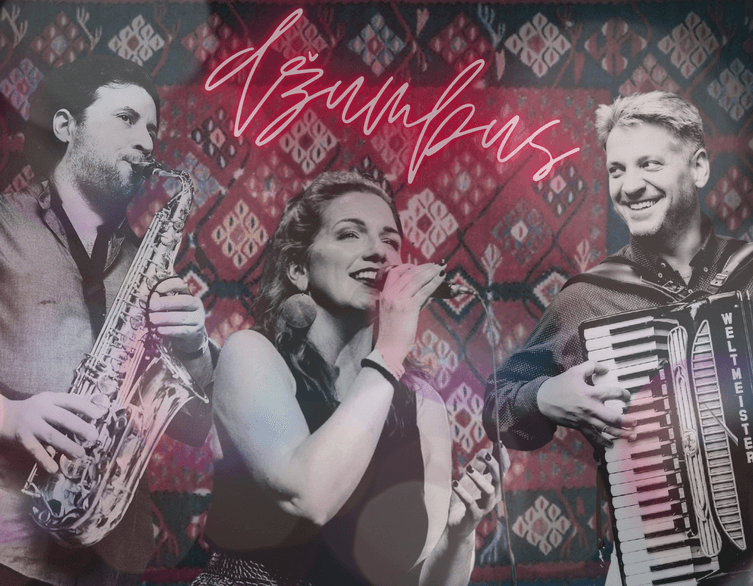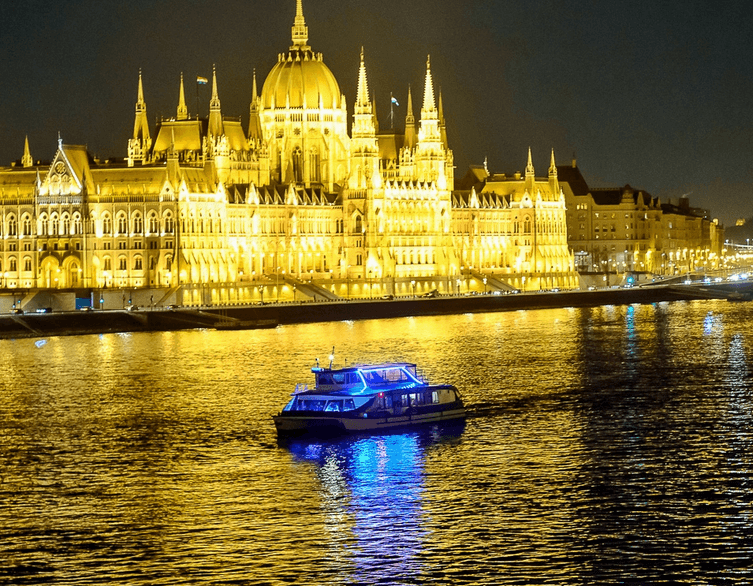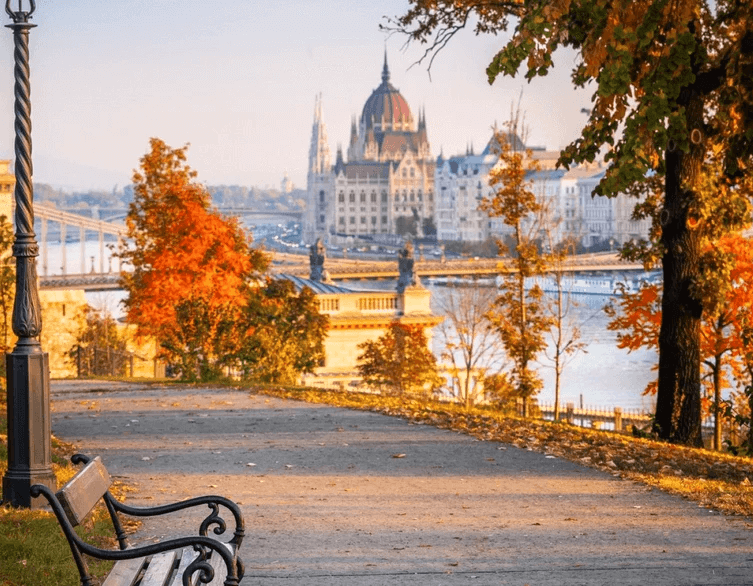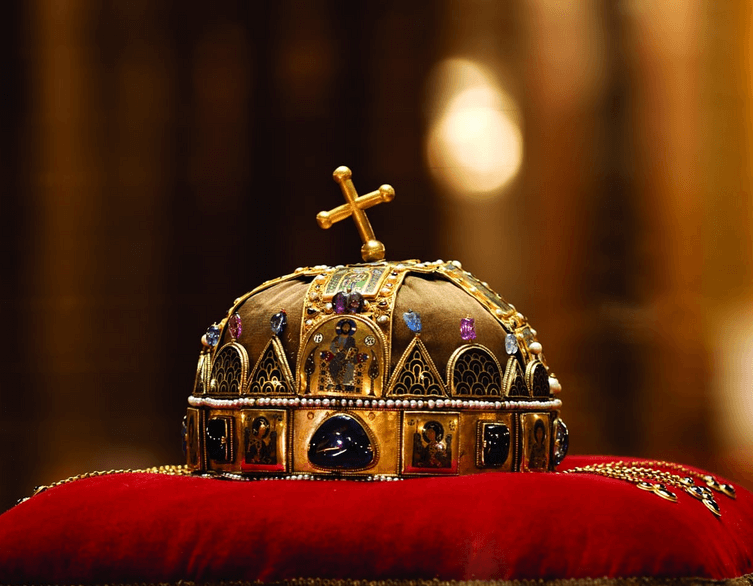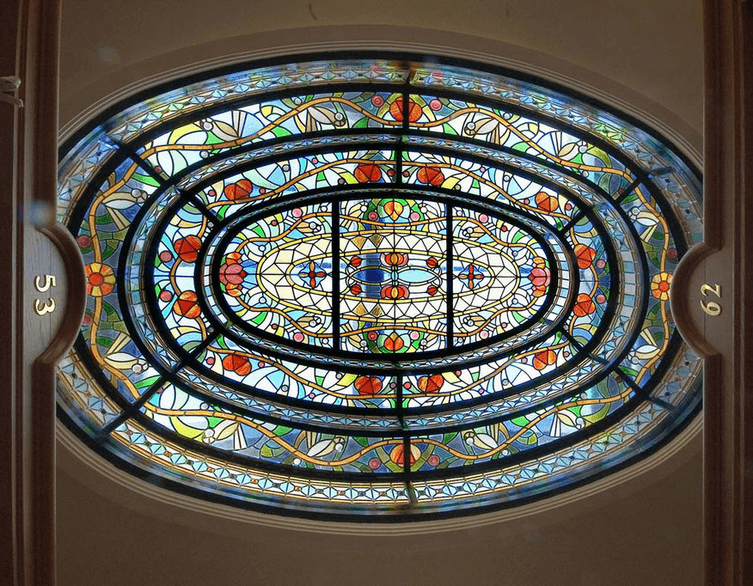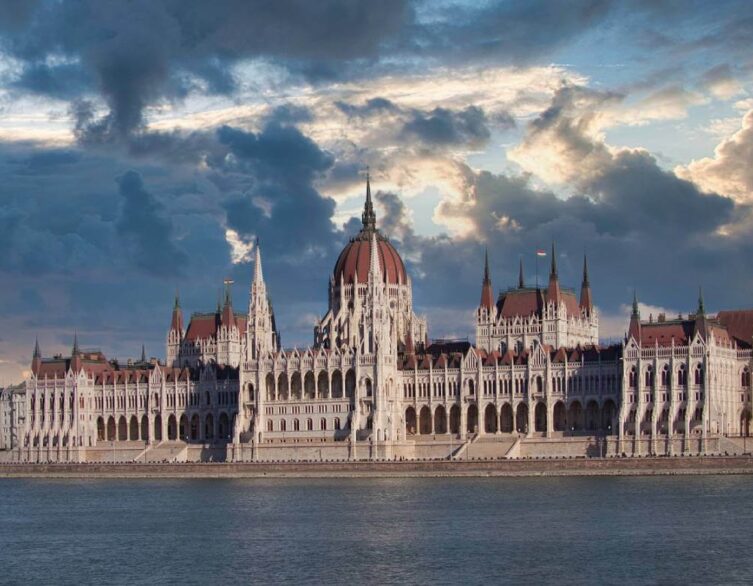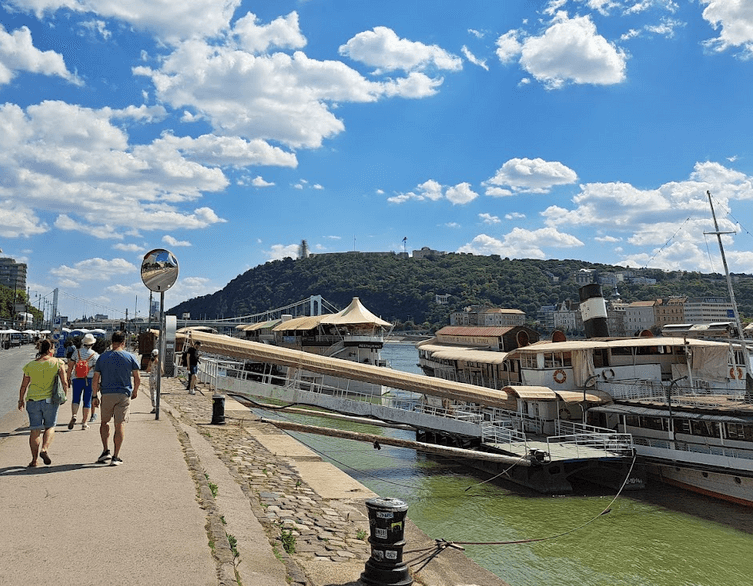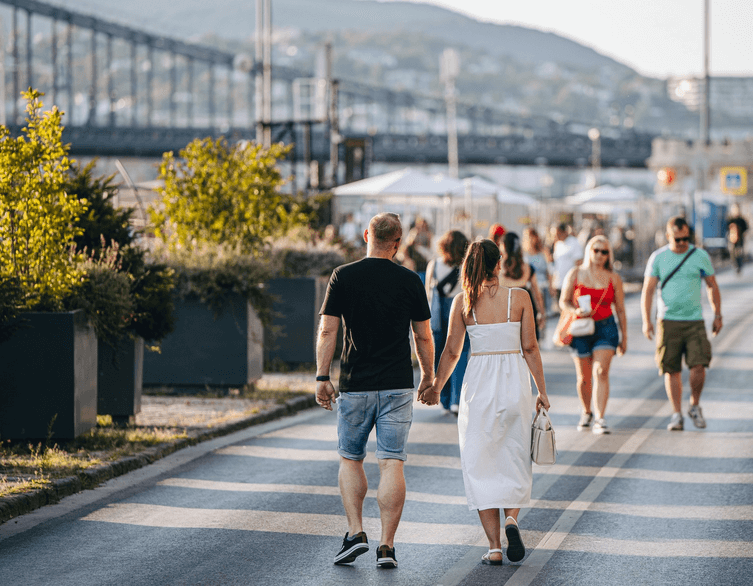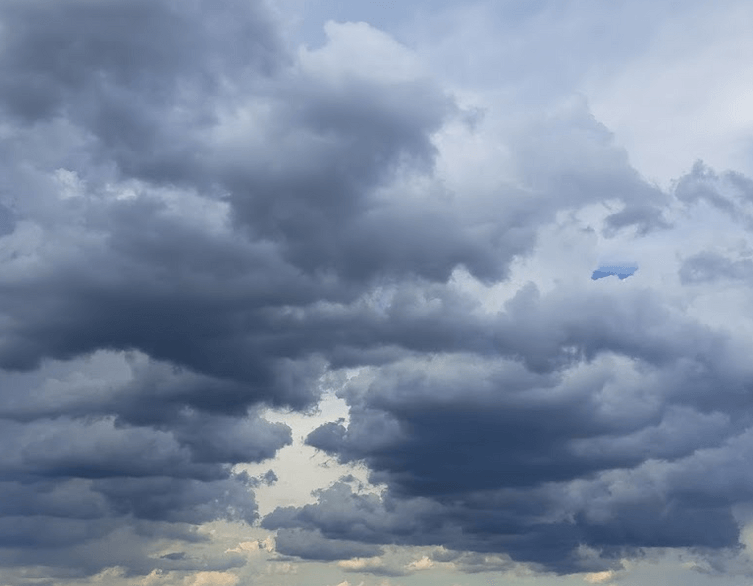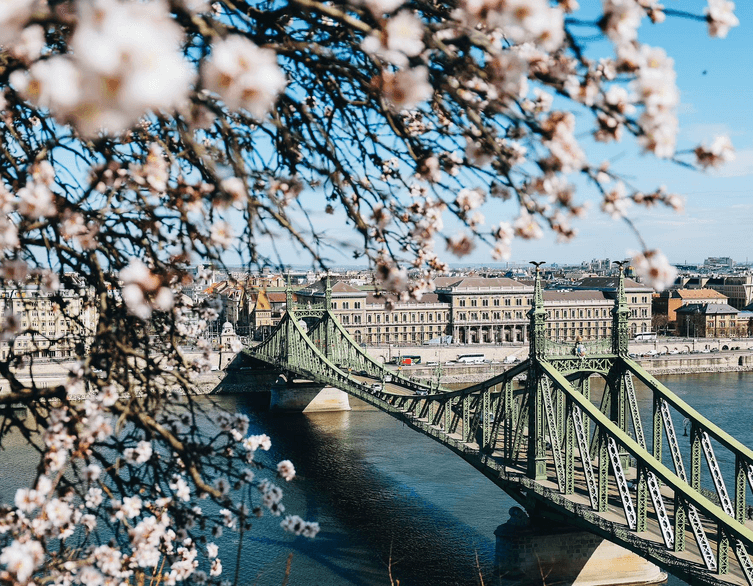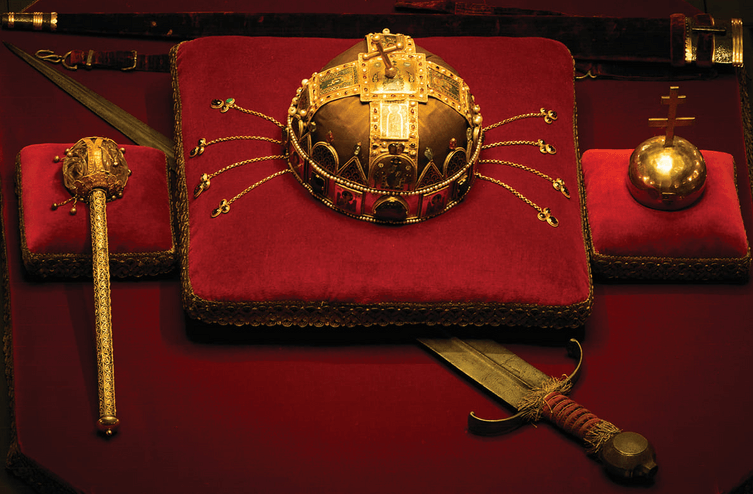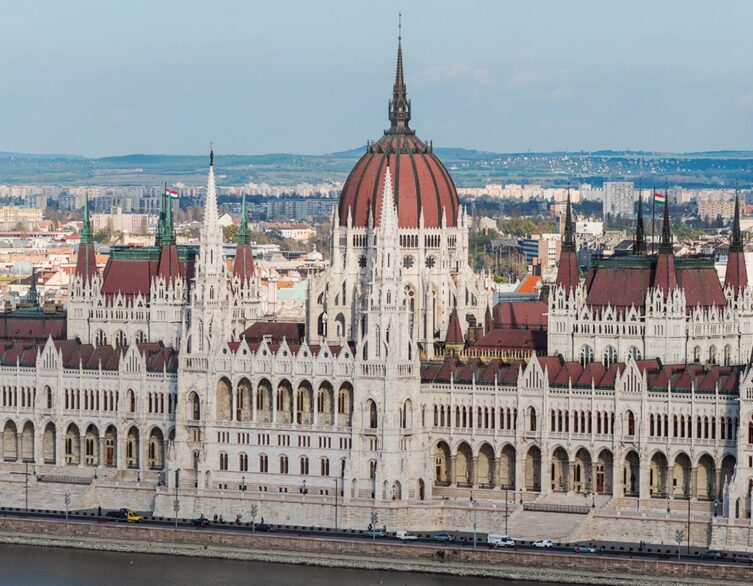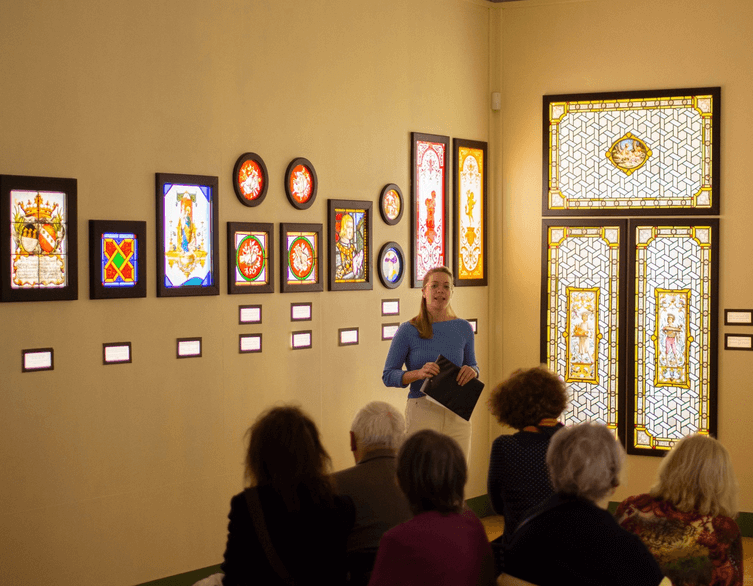Hungarian Parliament building: symbol of democracy and Budapest
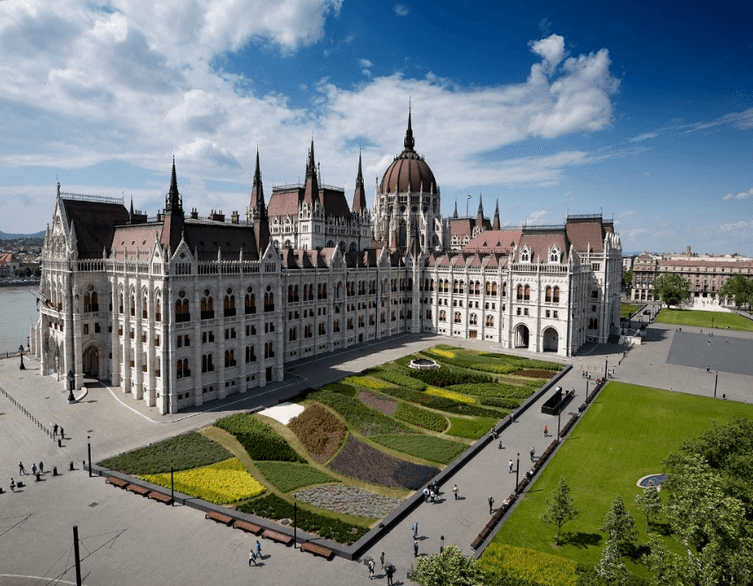
The Hungarian Parliament building in Budapest is not just the seat of Hungary’s legislative power; it is also an architectural gem and a cultural treasure with a rich historical legacy. Located majestically on the banks of the Danube River in Kossuth Lajos Square, the Parliament draws visitors worldwide to admire its grandeur and experience the history and democracy it symbolizes. This comprehensive guide provides detailed insights into its history, architecture, interior design, visitor route, ticketing, and practical tips—including everything you need to know about the official guided tours.
Rich Historic Background: The Making of a National Symbol
Commissioned during the political awakening following the Austro-Hungarian Compromise of 1867, the Hungarian Parliament emerged as a bold statement of national pride and sovereignty. The need for a grand national legislative seat culminated in an architectural competition in 1880, which was won by the prominent Hungarian architect Imre Steindl.
Construction began in 1885 and took nearly two decades, finally completed in 1904. The inauguration ceremony took place in 1896 during the millennial celebration of Magyar settlement in the Carpathian Basin, symbolized by the building’s 96-meter height echoing the historic founding year 896. The building represents Hungary’s journey toward democracy and independence, overcoming multiple challenges, including the blindness of the architect and the devastation of war.
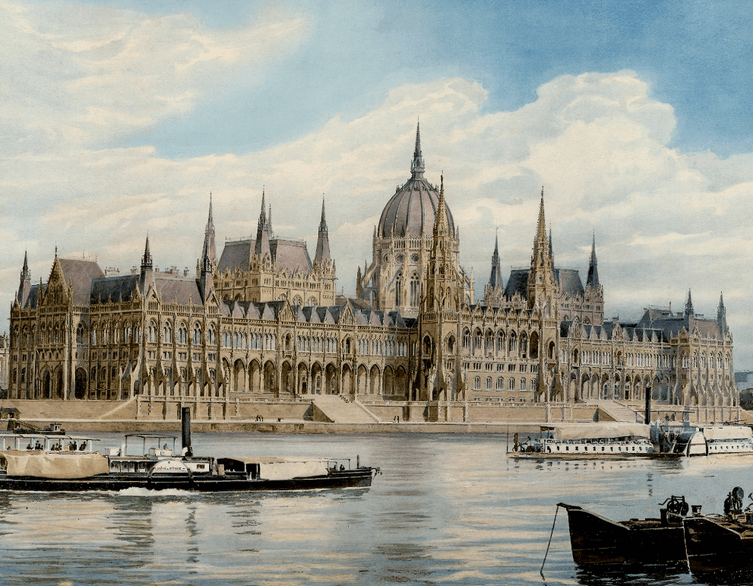
Architectural Grandeur: Neo-Gothic Majesty Meets National Iconography
Spanning 268 meters along the scenic Danube and rising 96 meters tall, the Parliament building is a neo-Gothic architectural masterpiece infused with Baroque and Renaissance details. Its symmetrical structure features 90 statues of Hungarian kings, military heroes, and symbolic allegories carved into the façade, telling a visual story of Hungary’s history.
The Parliament’s layout initially accommodated a bicameral legislature, with mirrored assembly chambers linked by a central domed hall—the building’s architectural heart. This 27-meter-diameter dome is a symbol of Hungary’s unity and sovereignty, visually dominating the city skyline and beckoning visitors into one of Europe’s grandest parliament buildings.
Best deals of Budapest
Interior Design: Artistic Splendor and Symbolic Ornamentation
The interior is nothing short of spectacular and richly corresponds to the architectural exterior, showcasing Hungary’s artistic heritage in sculptures, ceramics, stained glass, and gilding.
Statues and Sculptures
More than 240 statues inhabit the interior, including imposing figures of Hungary’s monarchs such as Stephen I and John Hunyadi. Golden figures surround the dome, emphasizing the regal and sacred nature of the space where the Holy Crown of Saint Stephen is displayed.
Zsolnay Ceramics
The Upper House Lounge honors Hungarian craftsmanship through Zsolnay ceramics, renowned worldwide for their iridescent surfaces and architectural durability. Relief sculptures and colorful ceramics adorn the lounge, highlighting Hungary’s artistic legacy.
Stained Glass Windows
Designed by Miksa Róth, the large stained glass windows illuminate the halls with vibrant colors. These windows incorporate heraldic and historical themes, high artistry, and exquisite craftsmanship that add a dimension of light and color to the Gothic ambience.
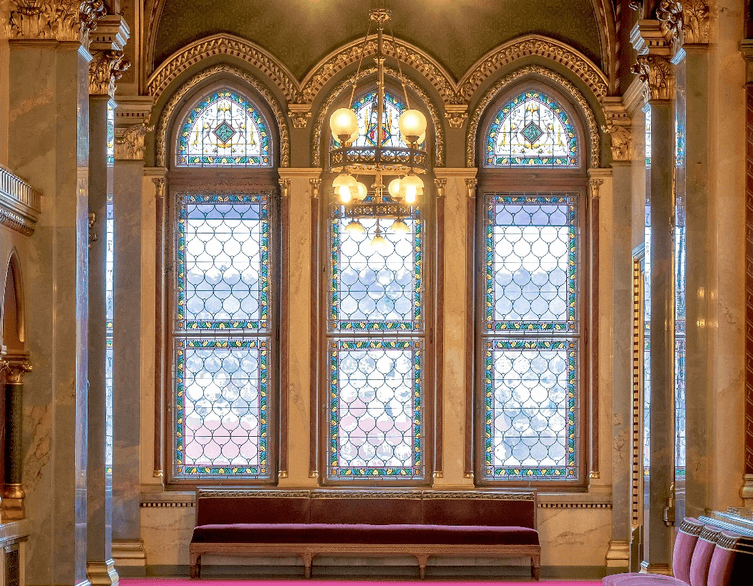
Ornamentation and Frescoes
Around 40 kilograms of gold leaf decoration glisten on roofs, staircases, and moldings, while frescoes by the celebrated Károly Lotz depict allegorical and historical themes throughout vaulted ceilings. The Upper House Lounge boasts one of Europe’s largest hand-knotted carpets, intensifying the room’s regal atmosphere.
The Visitor Route: Journey Through Hungary’s Political and Artistic Heritage
Visitors enter through the underground Visitor Center, where they proceed after passing security checks.
Grand Staircase: A highlight with stained glass windows by Miksa Róth and intricate frescoes welcoming visitors.
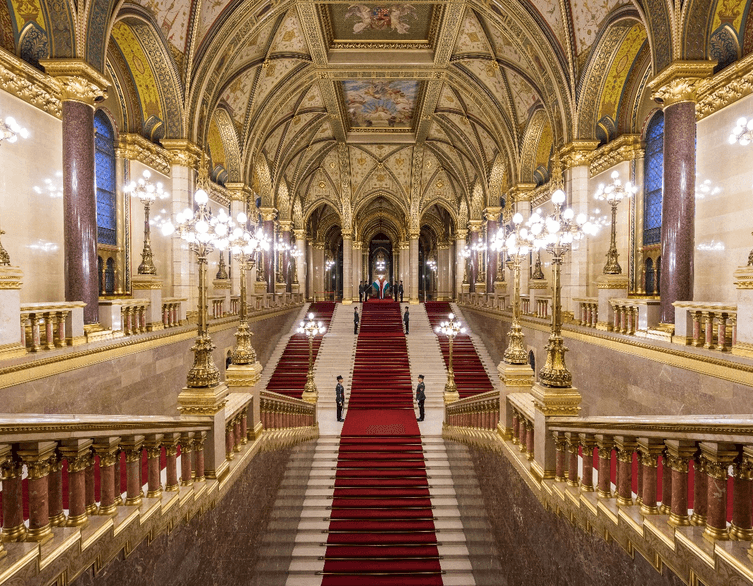
Dome Hall: The ceremonial heart, showcasing the Holy Crown and coronation jewels, framed by majestic sculptures and golden pillars.
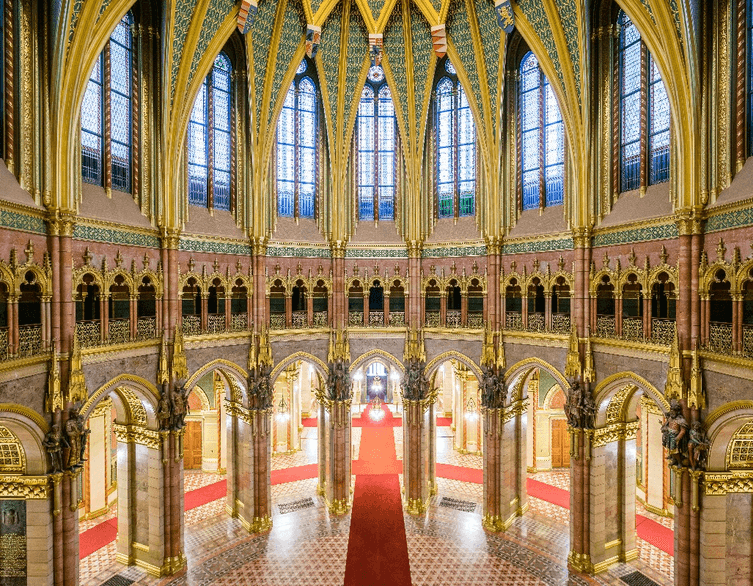
Upper House Lounge: Featuring the famous Zsolnay ceramics and the enormous turquoise carpet.
Assembly Halls: Including the historic Lower House where modern parliamentary sessions occur and the former Upper House used today for conferences.
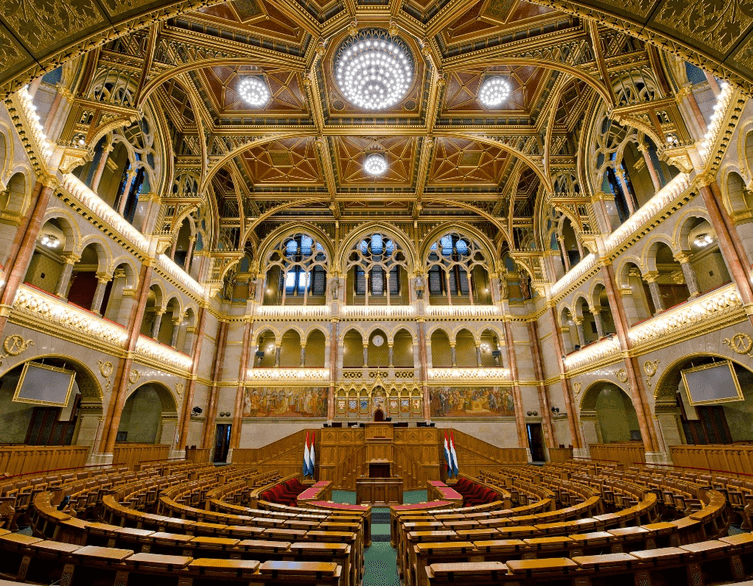
Neÿ Béla Room: Exhibitions and models narrate the building’s history and architectural significance enhanced by multimedia displays.
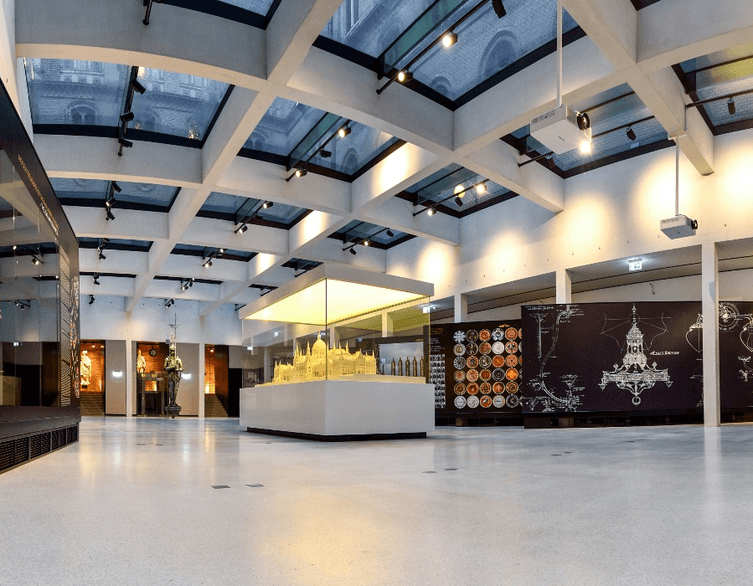
The route offers a rich narrative blending history, art, and politics, culminating in a memorable experience of Hungary’s national soul.
Guided Tours: Languages, Duration, and Booking Information
Official guided tours are essential for fully enjoying the Hungarian Parliament experience. They provide detailed historical and artistic narrations that bring the building’s stories to life.
- Duration: Tours generally last about 45 minutes, with some extending up to an hour if combined with museum exhibitions.
- Languages: Guided tours are professionally conducted in Hungarian, English, French, German, Italian, Spanish, and Russian. Audioguide-only tours are available in 26 languages, including Korean, Arabic, Chinese, Japanese, Polish, Ukrainian, Romanian, and more, offering flexible and personalized experiences.
- Tour Frequency: Tours operate daily between 9:30 AM and 3:15 PM, with groups departing every 15-30 minutes during opening hours.
- Booking: Due to high demand, booking tickets online well in advance is strongly recommended. On-site tickets are scarce, especially during peak tourist seasons.
- Starting Point: Tours begin at the modern Visitor Center, which includes ticket offices, information desks, a souvenir shop, and a small museum on Hungarian legislation.
Practical Visitor Information: Tickets, Rules, and Accessibility
- Ticket Types: Standard adult tickets, discounted rates for European Economic Area (EEA) citizens and students, family tickets for children ages 6 to 14, and free entry for children under six. For more information on ticket types and prices, consult the official website.
- Ticket purchase: tickets are available on site, however due to the high demand it is advised to book tickets in advance through the official ticketing site of the Parliament (www.jegymester.hu/parlament ). Visitors are warned that there are several sites that offer fake passes to the Parliament building, only use the official channel to purchase tickets.
- Required Documents: Valid identification such as passports or national ID cards for ticket validation and entry.
- Security: All visitors must pass security screening. Items such as large bags, weapons, and liquids exceeding 0.5 liters are prohibited.
- Photography: Allowed throughout the building except in the Dome Hall, where photography is restricted to protect the Crown Jewels.
- Visitor Code: No smoking, eating, drinking, or disruptive behavior is allowed. Respectful attire is advised, with no political or offensive symbols permitted.
- Accessibility: The Parliament is wheelchair accessible, and staff provide assistance for visitors with special needs.
Final Tips to Maximize Your Visit
- Book tickets well in advance, especially in peak tourist seasons.
- Arrive early and plan your visit around the fixed tour slots.
- Choose a language option that you are comfortable with—audio guides offer flexibility and privacy.
- Bring a camera but respect the rules around photography.
- Combine your tour with nearby attractions on Kossuth Lajos Square such as the Shoes on the Danube Memorial.
Why the Hungarian Parliament Should Be Your Top Budapest Attraction
Visiting the Hungarian Parliament offers a deep dive into Hungary’s soul as expressed through breathtaking architecture, historic symbolism, and national pride. From the grandeur of the neo-Gothic façade to the intricate interior details like Miksa Róth’s stained glass and the iridescent Zsolnay ceramics, every corner tells a story of craftsmanship and political evolution.
Combine your visit with a stroll along the Danube to capture spectacular views of the Parliament’s illuminated façade at night, and make sure your itinerary includes this iconic Budapest landmark.
Related news
Related attractions

